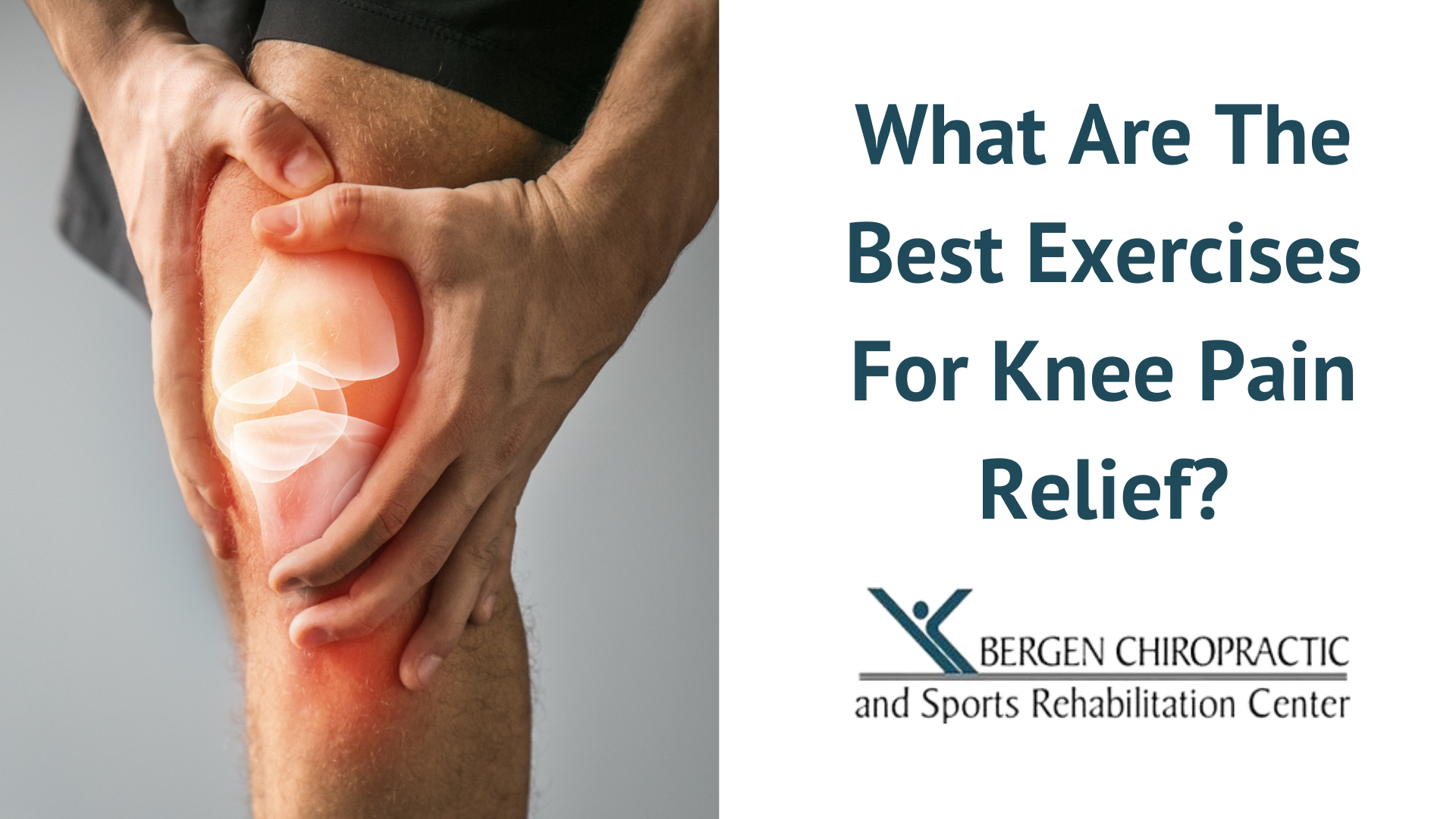Let’s learn more about how your text neck ties in with other medical conditions and how a chiropractic approach will help your neck and shoulder muscles feel like new!
What is the Lower Crossed Syndrome?
Do you live a sedentary lifestyle? In today’s world, that’s not a surprise at all. However, if your career or living situation requires prolonged sitting, it is important to properly take care of your body and avoid painful health complications such as lower crossed syndrome. Even if you work a lovely desk job or enjoy your comfy couch time, be sure to spend some time exercising and moving your body. Humans are not designed to stay cooped up, so continue reading to learn more about lower cross syndrome and exercises designed to avoid or alleviate its symptoms!
What are the Best Range of Motion Exercises for Shoulders?
If you experience limited mobility in this all-important joint, you can add certain exercises to your daily schedule to increase muscle strength and range of motion. Continue reading to learn how to properly complete shoulder range of motion exercises within the comfort of your home!
What Are the Best Carpal Tunnel Syndrome Exercises?
Learn about the best carpal tunnel syndrome exercises to improve the symptoms of this condition!
What Are the Best Exercises for Knee Pain Relief?
It’s time to share with you some of the best exercises to relieve knee pain and strengthen them at the same time!
7 Wonderful Benefits of Daily Exercise for Sports Injuries!
By following the advice of your chiropractor or physical therapist, you can gradually work your way back to peak condition after sports injuries!






